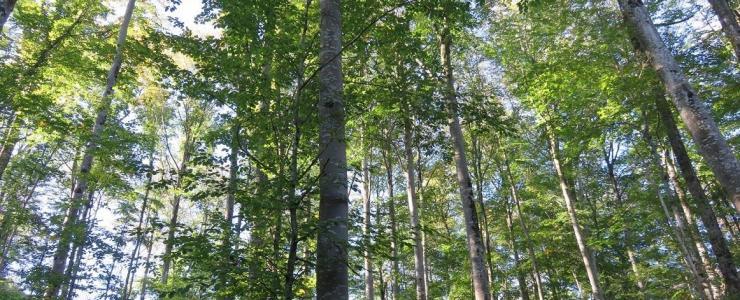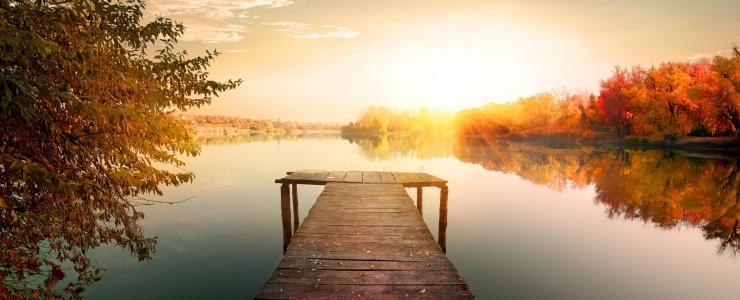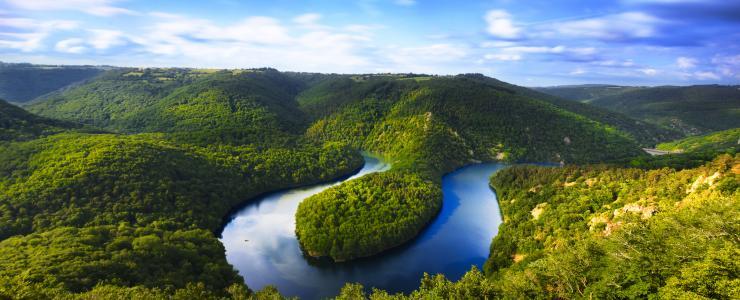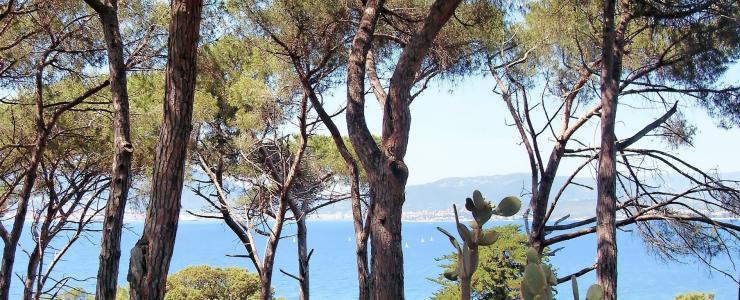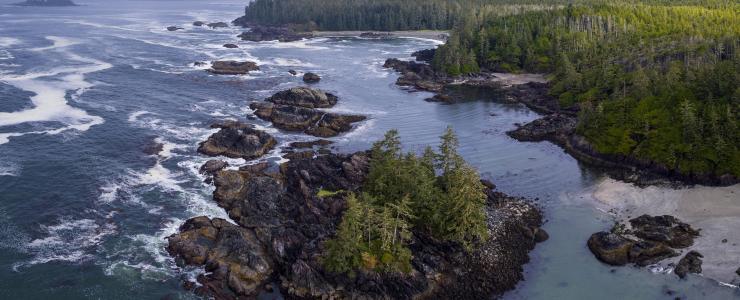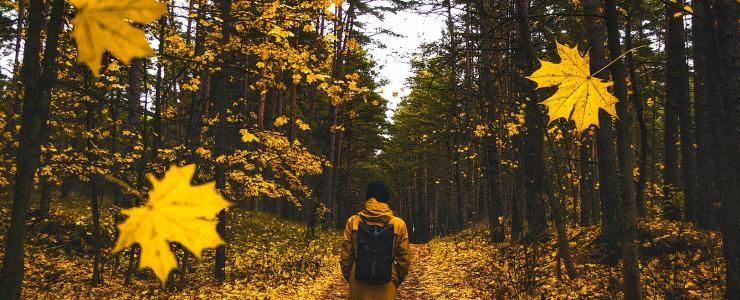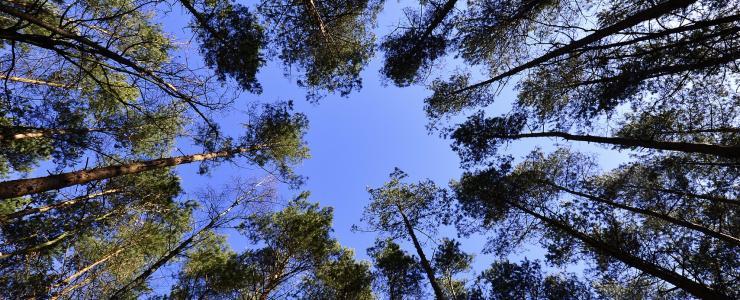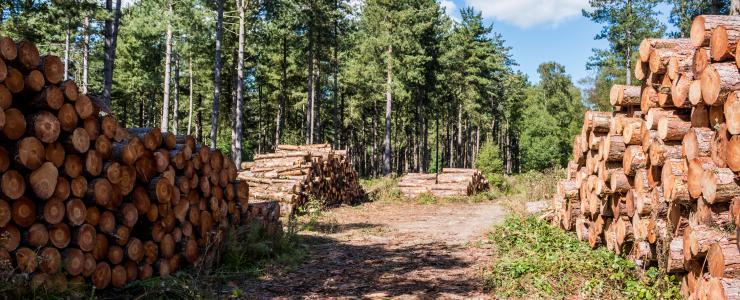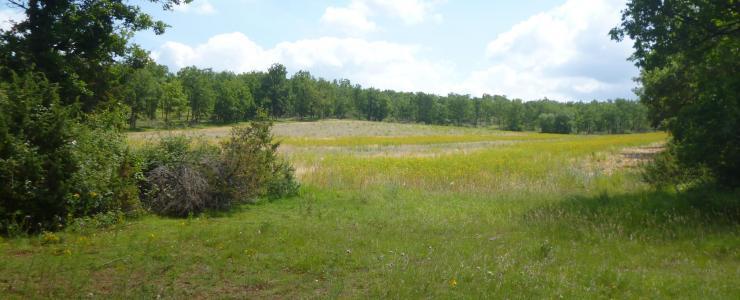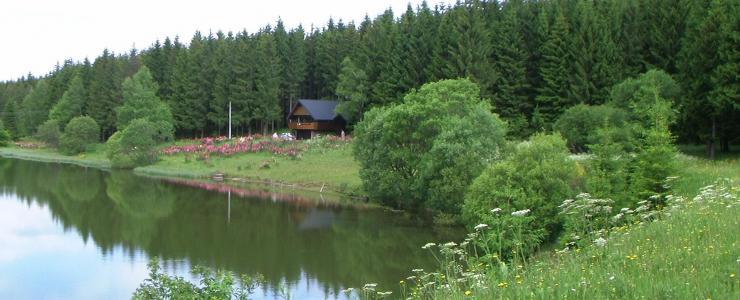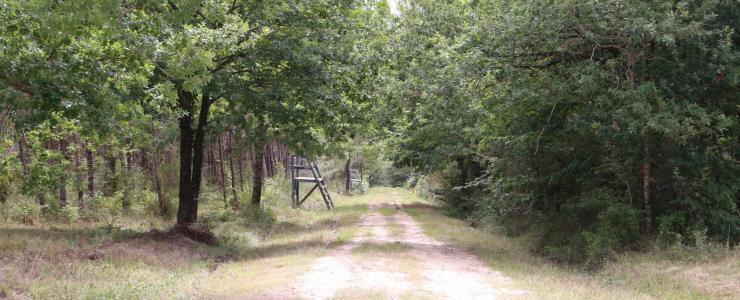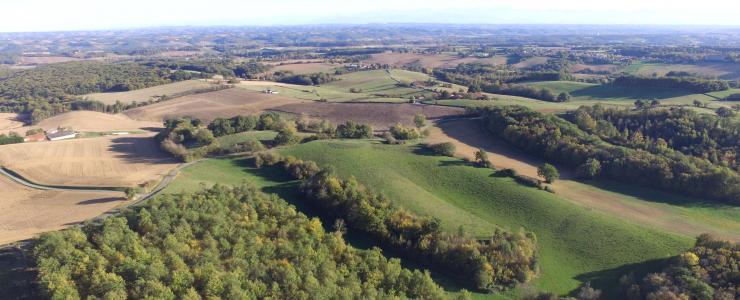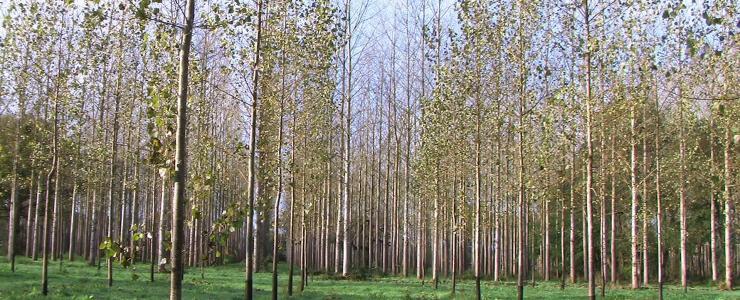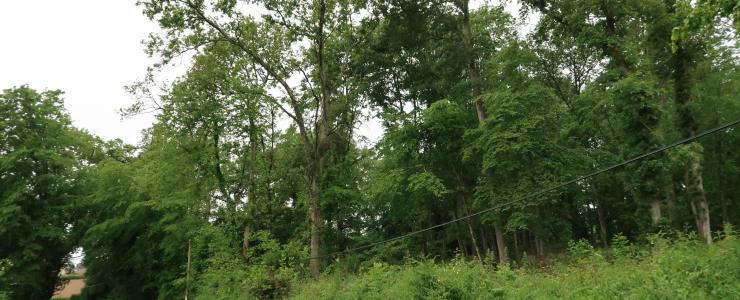History of the French forest
The general public often remain quite unfamiliar with the French forests or hold certain misconceptions about these green spaces, which are actually worth getting to know better.
Too often, we hear things like ‘the forests belong to the State’, yet the State holds only owns one quarter of all French forests. The remaining three quarters – 12 million hectares – are privately owned.
Today, there are 3.5 million private owners, which is more than 5% of the French population. Each owns an average 4.5 hectares.
The acquisition of a medium to large forest is difficult because their are not many of them. Only 88 properties of more than 100 hectares are sold each year. This difficulty is compounded by the fact that a forest only returns to the market after about 80 years.
While the forest is now increasingly perceived as a natural space ideal for recreational purposes, wooded areas historically fulfilled other functions.
History Point
The question of the forests was first addressed in 1827 when Colbert realized that there would be a shortage of trees for building warships.
He was behind the establishment of many large oak woodlands and the introduction of regulations on logging, one of the first big changes in the world of forestry.
In 1850, the forest only covered 8.9 million hectares. Today, it covers 16 million hectares.
Health
Certain health problems have also been solved thanks to the forest, for example malaria, a disease transmitted by mosquitoes.
To wipe out the disease, the marshes were dried out to stop proliferation of the insect. This happened in the area of Sologne, for example. Indirectly, this established the region as a much sought-after destination and biotope for hunters today.
Uses for the forest
The forest can also be used for other purposes: the rooting of trees and the development of ground cover help limit the impact of erosion on a mountain or coastal dune. For example, the reforestation of Mont Aigoual at the end of the 19th century brought an end to the flooding of the valleys and the silting up of the port of Bordeaux
The National Forestry Fund was the last major government measure for the forestry sector. It was set up after the Second World War to make use of the land abandoned as a result of the rural exodus.
Huge subsidies were granted to plant 1 million hectares over 54 years.
These initiatives were innovative for the time and helped shape today’s forest environment and gave France plentiful wood resources. The French forest now accounts for 425,000 jobs, something that the public are often unaware of.
Many people remain largely unfamiliar with the sector but there is a vibrant economy supplying wood to the French and foreign markets. The sector accounts for 1.7% of the French job market, double that of the automotive sector.
Demand for wood is increasing worldwide, as it is used in many areas, including construction, furniture, packaging and heating.
The ‘star’ species
Four main species are currently in demand in France to meet consumer requirements: oak, Douglas fir, spruce and maritime pine.
Douglas fir stands out for its excellent technical characteristics and it is the most frequently planted tree in France. This softwood is seen as a species of the future.
This short history of the forest shows that there has always been a need for wood and that it remains essential because it is natural, durable material with a surprisingly broad range of uses.
As a material, wood will continue to surprise us: there are bound to be more wonderful discoveries and innovative ways of using it.

